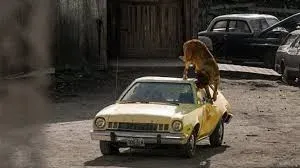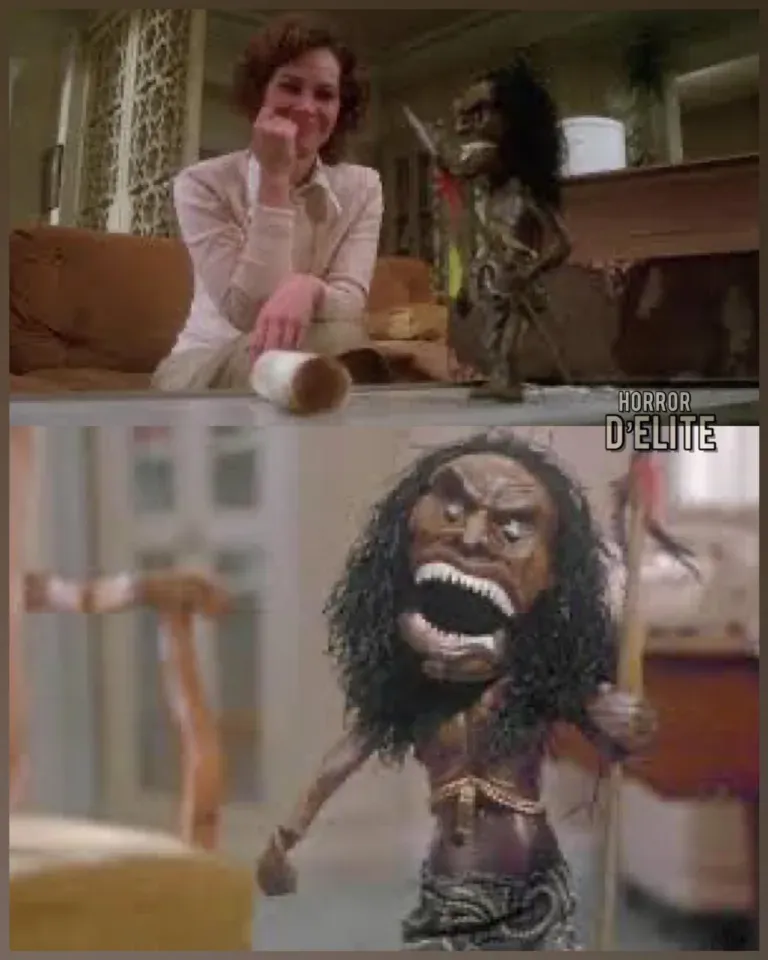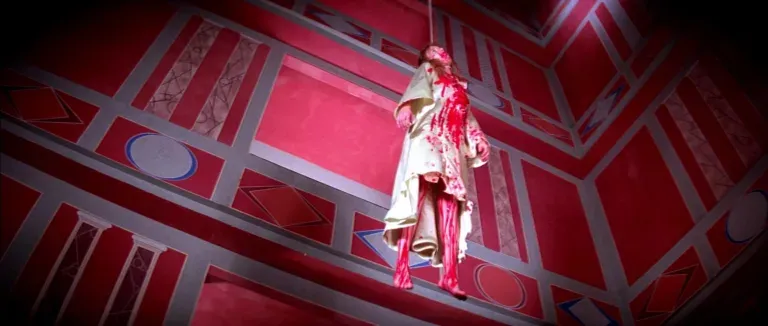Cars in Horror
Cars in horror films play a fascinating and multifaceted role, often becoming stars as much as the human actors. Since the early days of cinema, cars have represented much more than mere modes of transportation; they have become symbols of freedom, isolation, power, and vulnerability. In horror films, these attributes are amplified, turning cars into instruments of tension, fear, and often, death. Four-Wheeled Horror…
 Symbol of Freedom and Isolation
Symbol of Freedom and Isolation
In many horror films, cars initially symbolize freedom. The protagonists often use cars to escape dangerous situations, hoping to find safety and refuge. However, this sense of freedom can quickly turn into isolation. Deserted roads, nighttime journeys, and sudden breakdowns can cut characters off from the rest of the world, increasing their sense of vulnerability. Films like “The Texas Chainsaw Massacre” and “Joy Ride” exploit road isolation to create an atmosphere of tension and terror.
Possessed and Cursed Vehicles
A common trope in horror films is that of possessed or cursed cars. These vehicles are not just means of transportation but malevolent entities with a will of their own. The film “Christine“, based on Stephen King’s novel, is a perfect example of this trope. Christine is a 1958 Plymouth Fury with a mind of its own and a thirst for blood. The car becomes an extension of the antagonist, chasing and killing anyone who gets in its way. This type of narrative transforms an everyday object into a source of supernatural fear.
 Chase Scenes
Chase Scenes
Car chase scenes are a fundamental element of horror cinema. The speed, tension, and danger of these scenes capture the audience’s attention, keeping them on edge. Films like “Duel“, directed by Steven Spielberg, and Quentin Tarantino’s “Death Proof” masterfully exploit the dynamics of chases to create a suspenseful atmosphere. In these films, the antagonist’s car becomes an unstoppable death machine, while the protagonists struggle for their survival.
 Places of Vulnerability
Places of Vulnerability
In horror films, cars often become places of vulnerability. While they are supposed to be safe havens, they transform into deadly traps. This is particularly evident in scenes where characters are trapped inside a car while danger approaches. In “Cujo“, based on another Stephen King novel, a mother and her child are trapped in a car while a rabid dog lays siege to them. The car, which initially represents safety, becomes a symbol of helplessness and terror.
Cars and Character Psychology
Cars in horror films can also reflect the psychology of the characters. Vehicle choices can reveal much about a character: a luxury car might represent arrogance or hidden vulnerability, while a rundown car might suggest a turbulent past or inner struggle. Additionally, the condition of the car can evolve with the character, deteriorating as the terror intensifies. This symbolic use of cars adds another layer of depth to the film’s visual narrative.
Conclusion
Four-Wheeled Horror: cars are much more than mere transportation; they are powerful narrative tools that amplify tension, create isolation, and reflect character psychology. Through breathtaking chase scenes, possessed vehicles, and situations of vulnerability, cars become silent yet potent protagonists in horror stories. The next time you watch a horror film, pay attention to the use of cars: you might discover that they play a crucial role in creating the fear and suspense that make these films so memorable.
Subscribe to our YouTube channel


 Symbol of Freedom and Isolation
Symbol of Freedom and Isolation Chase Scenes
Chase Scenes Places of Vulnerability
Places of Vulnerability




